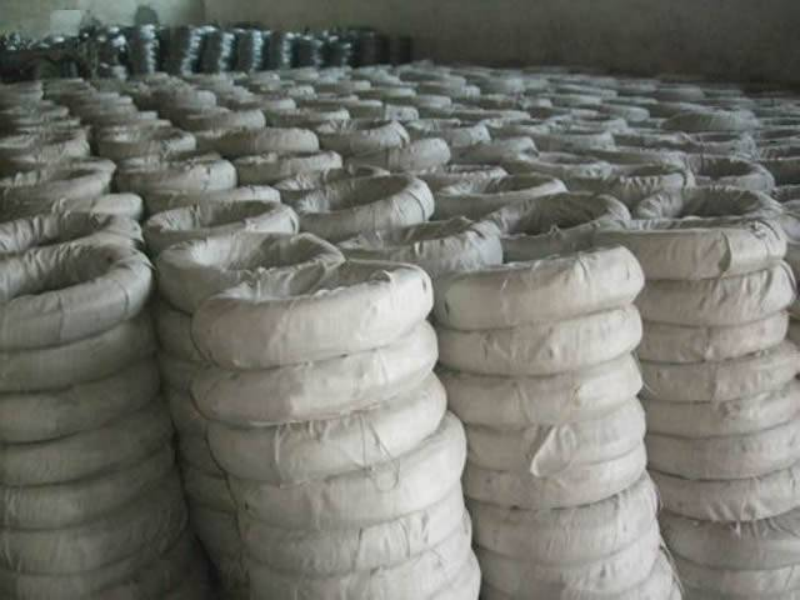
- Mobile Phone
- +8613931874955
- sales@cntcmetal.com
Plant Stakes – Durable Support for Healthy Growth
Plant Stakes Essential Tools for Gardeners
When it comes to gardening, ensuring that plants thrive and grow to their full potential is every gardener’s ultimate goal. One practical yet often overlooked tool in achieving this is the plant stake. Plant stakes are not just rods that keep plants upright; they offer numerous benefits that contribute to the overall health and aesthetic of your garden.
First and foremost, plant stakes provide much-needed support to a variety of plant species. Young plants, particularly those with weak stems or climbing tendencies like tomatoes, peas, and beans, often benefit from staking. As these plants grow, they can become top-heavy, leading to breakage or damage. By securing them with stakes, gardeners can help maintain their structure, allowing them to flourish without the risk of collapsing under their own weight.
Additionally, plant stakes play a significant role in promoting air circulation around plants. Poor air circulation can lead to a moist environment conducive to diseases such as powdery mildew and rot. When plants are properly staked, they stand taller and more spread out, which encourages better airflow and sunlight penetration. This not only helps keep the plants healthy but also creates an environment where beneficial insects can thrive, further enhancing the ecosystem of the garden.
plant stakes

Plant stakes also contribute to the visual appeal of a garden. With various materials available—from bamboo and wood to metal and plastic—gardeners can choose stakes that complement the aesthetic of their garden. This aspect of gardening extends beyond mere function and into the realm of art. Incorporating decorative stakes can add vertical interest, guide the eye along pathways, and create an overall cohesive design within the garden space.
Moreover, using plant stakes can enhance fruit and flower production. For flowering plants, supporting the stems can lead to straighter, stronger blooms that are more visually appealing and may even produce more flowers than unsupported counterparts. For fruit-bearing plants, proper staking can prevent damage to fruits like tomatoes and peppers, which can often bear the brunt of their weight if allowed to droop. This bodes well for a successful harvest, encouraging more yield and improving the overall quality of the produce.
While using plant stakes is a relatively easy task, knowing when and how to use them effectively requires some knowledge. Generally, stakes should be placed at the base of the plant early in its growth cycle. Usually, this involves inserting the stake into the ground beside the plant without disturbing the root system. After securing the plant with soft ties or clips, gardeners should periodically check as the plant grows to ensure it remains supported and that the stakes are not causing any harm to the developing stems.
In conclusion, plant stakes are much more than mere supports in a gardener’s toolkit. They are essential for the growth, health, and productivity of plants. From enhancing airflow and visual aesthetics to promoting a bountiful harvest, the right plant stakes can make all the difference. Whether you are a seasoned gardener or a beginner, incorporating stakes into your gardening practices is a step towards a thriving green space. Embrace the benefits that plant stakes offer, and watch as your garden flourishes in both form and function.
share:
-
Yard Sign Stakes: Reliable Guardians of Outdoor SignsNewsAug.04,2025
-
Wall Ties: Invisible Guardians of Building StabilityNewsAug.04,2025
-
Resilient Web: The Super Guardian Power of Concrete MeshNewsAug.04,2025
-
Masonry Accessories: A versatile assistant on building foundationsNewsAug.04,2025
-
Iron Binding Wire: the 'invisible reinforcement specialist' in the fields of architecture and industryNewsAug.04,2025
-
Dynamic Spring: The diverse functions and excellent performance of Wire Tension SpringNewsAug.04,2025
-
Your Source for Concrete Wall Ties and Masonry AccessoriesNewsJul.10,2025



















